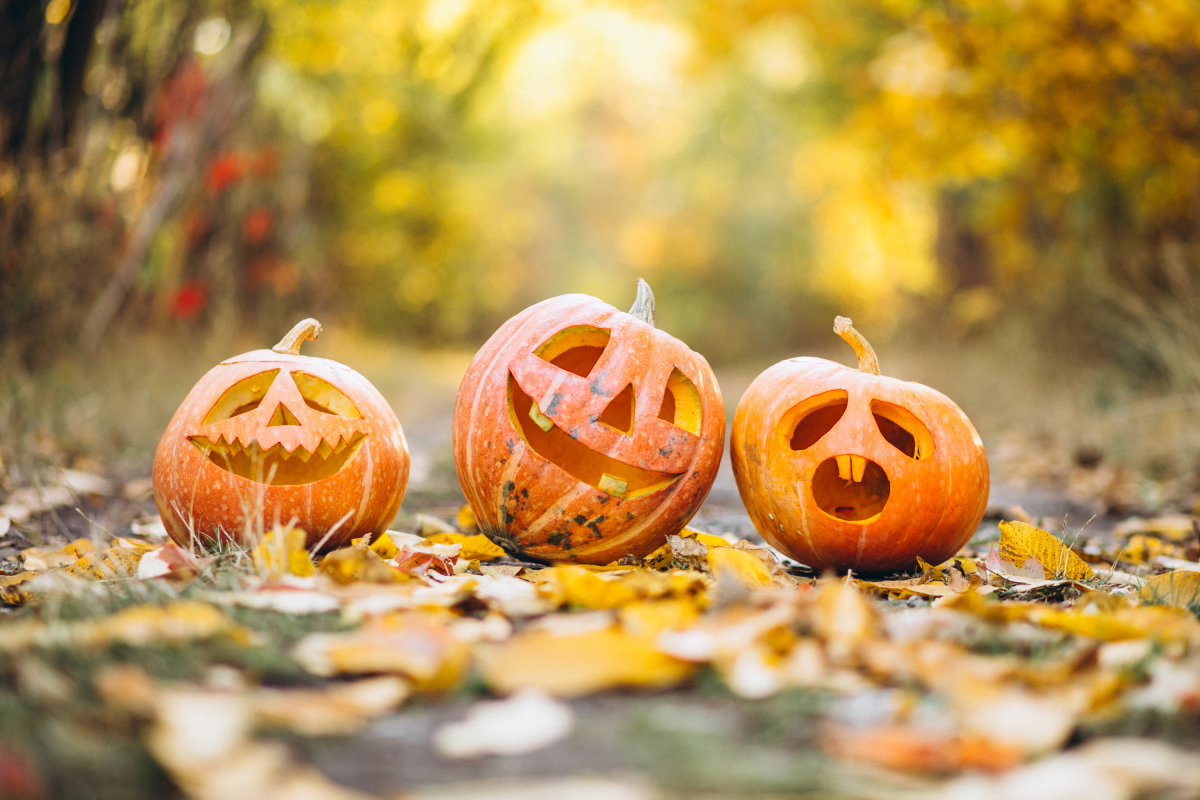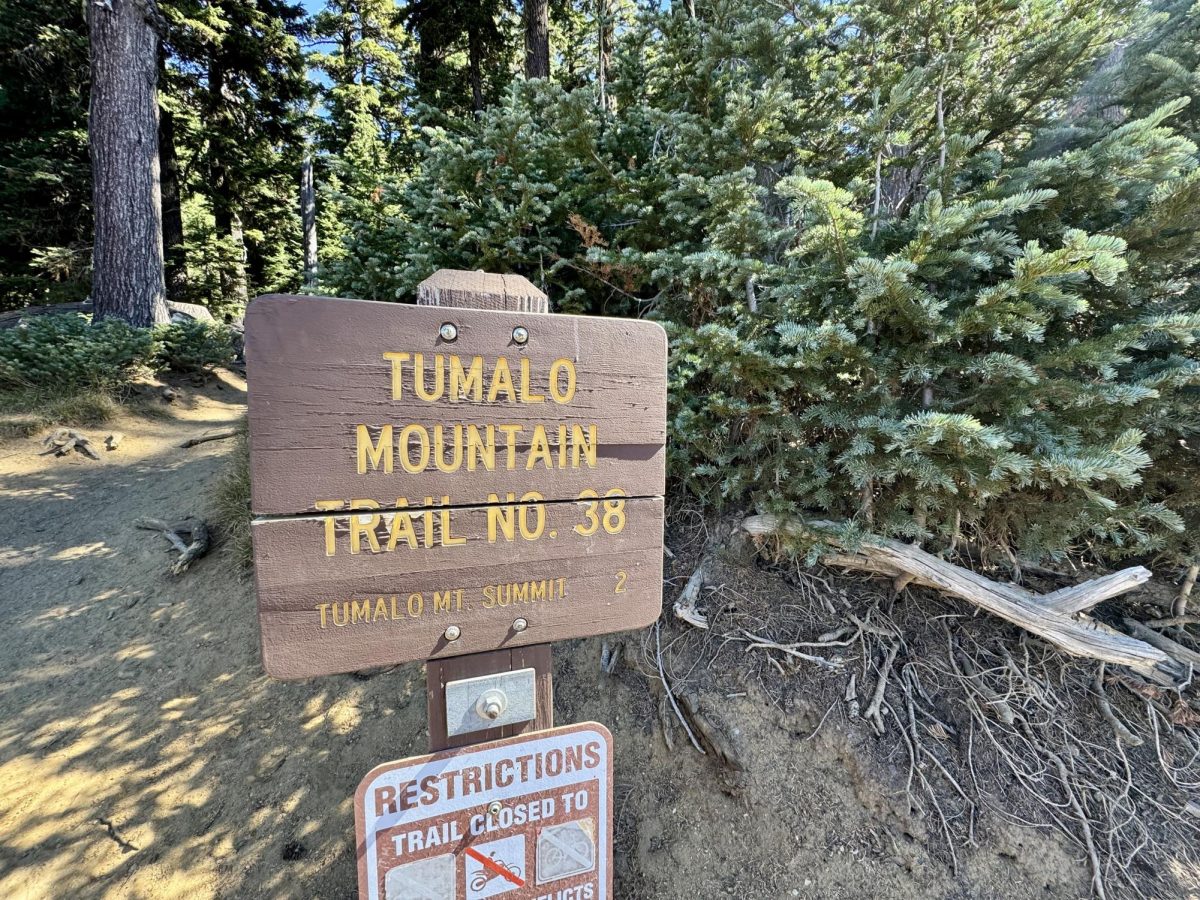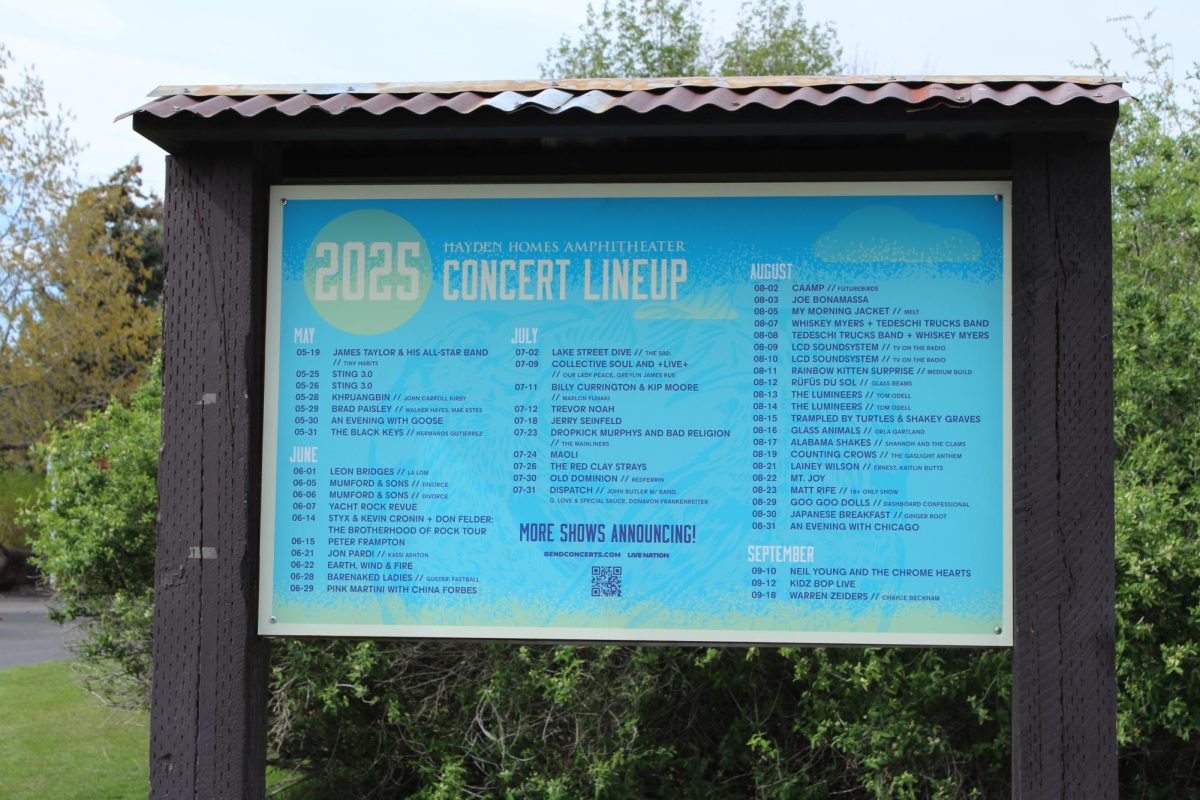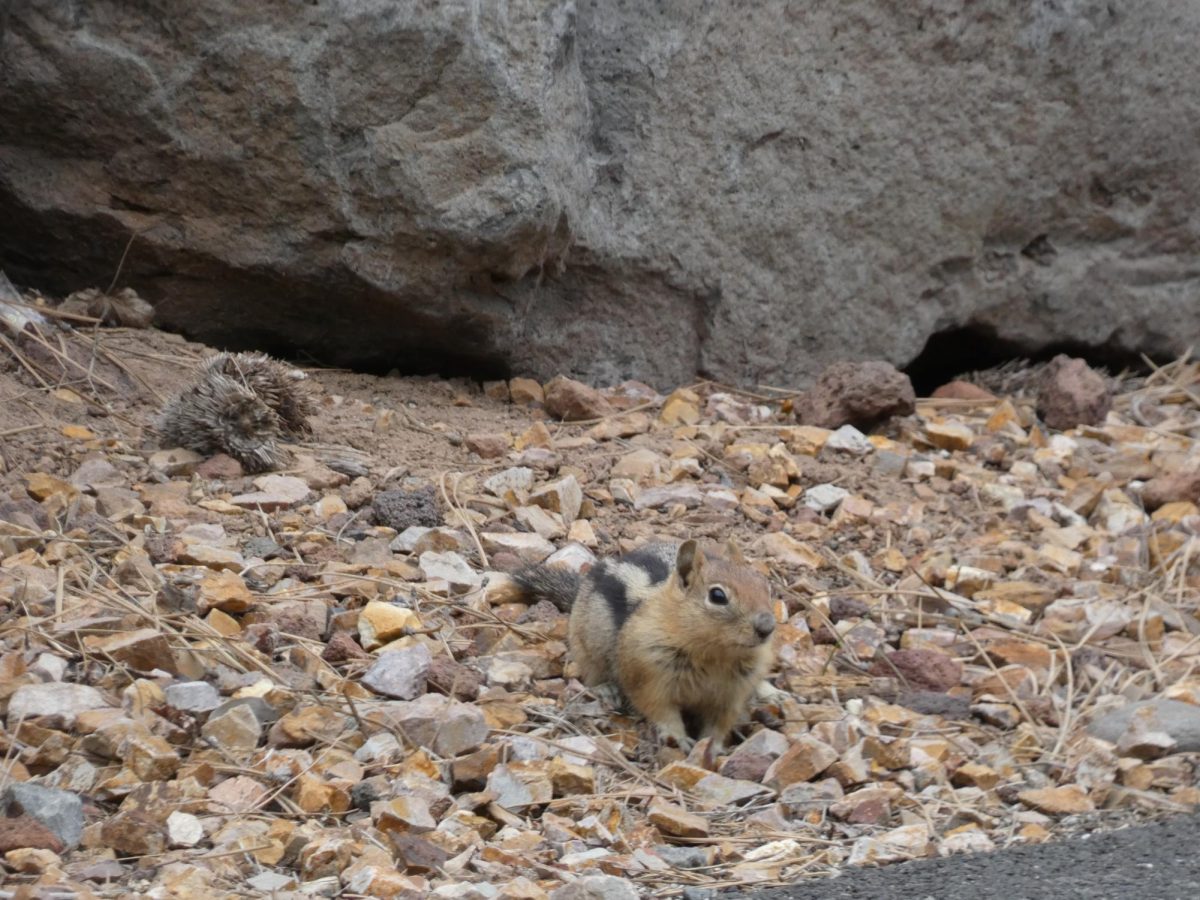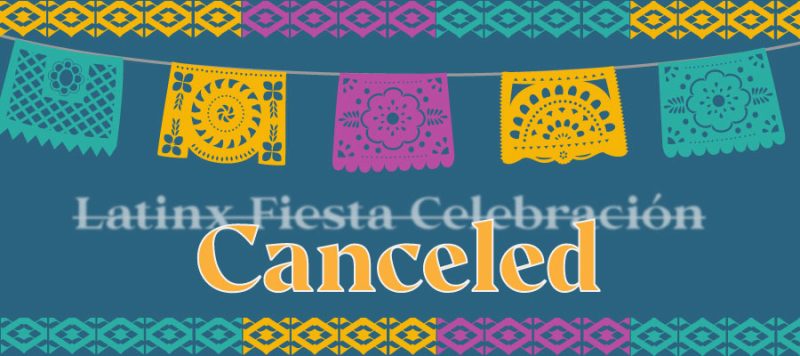Every year in October, people gather in the streets dressed as fairies, goblins and their favorite movie characters, but how many know why they do it? In 2021, consumers spent $10.1 billion for Halloween, hitting a record high, according to an article by Forbes. Today, Halloween is a billion-dollar industry, but exactly how did it get there?
The origin of the word “Halloween” comes from the phrase All Hallows’ Eve, and means “hallowed evening.” All Hallows’ Eve origins trace back to the iron age of the Celtic Pagans. The Celts celebrated the holiday of Samhain, which translates in Irish to “summer’s end,” or “the end of season.”
Samhain was essentially a three-day fire festival celebrating the dead and rebirth, says History.com. The Celts lived in what we know now as predominantly Ireland, the UK, and parts of Northern Europe. The Samhain festivities were also to welcome the dark half of the year, which was celebrated October 31st to November 1st. The Celts expected their ancestors to cross over at this time as well, so the tradition was to dress up with animals and fur, to protect themselves from unfriendly spirits. The Celts would also feast and make lanterns out of hollowed out gourds, synonymous with the modern pumpkin jack-o-lantern. Sacrifices of animals were an offering to the spirits. Sometimes, tricks were played by humans to blame the dead.
The popular Pagan practices at the time were soon reformed to fit the Christian narrative. Samhain would turn into “All Saints Day,” which was intended to be a day to celebrate saints and Christian figures.
After early days of American colonies, celebration of Halloween was deemed too Pagan or too catholic by the protestant colonizers. Though, elements of it were still celebrated and incorporated in the 1800’s. Due to the potato famine in the 1900’s, many Irish immigrants came to the states, bringing with them Halloween traditions, forming the favorite holiday we know today.
According to Country Living, the 20th century would finally see the commercialization of trick or treating and Halloween. After World War 2, in the 1950’s, Halloween candy became widely distributed with the candy companies and manufacturers. And in the 60’s, Halloween movies started to play with new television programs.
Today, Halloween themed products dominate the stores during the fall months and horror movies are anticipated by movie goers each year. Whether you celebrate the Holiday or not, Halloween has proved itself to be a loved holiday that is here to stay.


